
Colette Cohen to Step Down as CEO of Net Zero Technology Centre. Myrtle Dawes to Take Over
Colette Cohen OBE is standing down as CEO of the UK-based Net Zero Technology Centre (NZTC). Myrtle Dawes has been announced as NZTC new CEO.Colette Cohen launched the center, then known as the Oil and Gas Technology Centre, in 2017.Created as part of the Aberdeen City Region Deal, with £180 million of UK and Scottish government funding, the center has co-invested more than £253 million with industry in technologies from effective well plugging and abandonment, asset integrity to autonomous robotics and renewable power systems. It has screened over 1,810+ new technologies, progressed 175

Marine Minerals – A New Opportunity for Subsea Oil and Gas Technology
, high environmental focus. Norway’s legislation for Marine Mining is to a large degree built on oil and gas legislation. Norway is already engaged by ISA to help develop the international legislation for marine mining.“In addition, Norway’s strong expertise in deepwater oil and gas technology can directly be used and built on to develop a new industry around marine mining, with similar export opportunities as for the oil and gas sector.“The environmental aspect of marine mining will be a main focus area to ensure we fully understand the impact of marine mining prior to startup
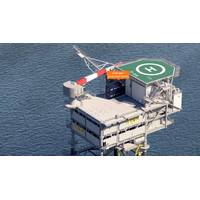
Carbon Capture & Storage: A New Lease of Life for Submarine Pipelines?
opportunity, but it does come with a health warning, she says. “The truth is that further work is required to determine exactly how many of those pipelines are suitable for repurposing.”Graeme Rogerson, Senior Project Manager at the Net Zero Technology Centre (NZTC, formerly the Oil & Gas Technology Centre), agrees. He said that offshore submarine pipelines haven’t got up to speed when it comes to design codes for reuse for hydrogen, but that there is a longer history for reuse and transportation of CO₂.That’s not stopping companies working up ideas. Among others, Mitsubishi
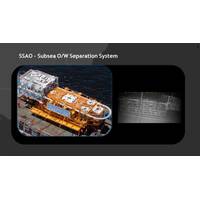
Interview: André Lima Cordeiro, Executive Manager, Subsea Systems, Petrobras
maximize the well oil flowrate, due to the lower efficiency of gas-lift. The main benefits of these systems are maximizing the production and oil recovery.”HISep. Image courtesy Petrobras.HISepBut Petrobras is always looking forward. It’s next milestone in this space is applying its HISep technology. This will be at the Mero field. Cordeiro explains: “HISep is a subsea separation and boosting technology that removes in the seabed the excess of gas containing high CO₂ levels and reinjects it directly to the reservoir. It reduces the total volume of gas that reaches topside, debottlenecking

OE’s 2021 Top of the Festive YouTube Video Pops
scene, but it’s soon a lot of “messaging” around carbon footprints, safety and cleaning up beaches. Bring back more of the angler fish – release the poor thing from the snow globe!The Net Zero Technology Centre (NZTC), also high up on the list last year (as the Oil & Gas Technology Centre, as it was then known), thanks to its access to fancy graphics, this year features a tree covered in baubles housing technology highlights from the NZTC – tho one features CEO Colette Cohen, maybe not what you’d expect when peering at your Christmas tree baubles! Teledyne
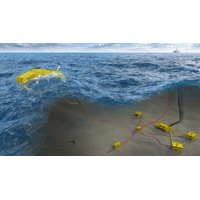
Mocean's Wave Energy Device to Power Subsea Oil & Gas Ops
take-off, moorings, and umbilical, and will deliver additional grant support to our project partners Newcastle University’s Electrical Power Research Group and Rosyth-based electronics-specialists Supply Design. Earlier this year Mocean Energy announced a pilot project with the Oil and Gas Technology Centre (OGTC), oil major Chrysaor and subsea specialists EC-OG and Modus to study the potential to use their Blue Star prototype to power a subsea battery and a remote underwater vehicle.Last year, Mocean Energy secured £3.3 million from Wave Energy Scotland to build and test a half-scale
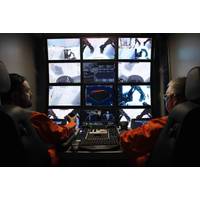
Subsea Technology and the New Routes to Residency
North Sea operator Chrysaor, for example, is working with wave energy firm Mocean Energy, subsea energy storage company EC-OG and AUV specialist Modus in a project to look at using renewable energy to supply subsea power for resident AUVs or subsea tiebacks. The project, supported by the Oil and Gas Technology Centre, will look to use Mocean Energy’s Blue Star wave energy converter and EC-OG’s HALO subsea energy storage system.New Jersey based Ocean Power Technologies have launched a lithium-iron phosphate based Subsea battery system with a nominal storage capacity of 132 kilowatt-hours
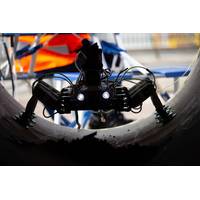
Robotics: Autobots Transform in the Offshore Energy Sector
emissions“Robotics take people out of harsh environments and could be more efficient,” and they could also help meet net-zero emissions goals, reducing the need for helicopter flights, etc., says Andy Bell, Project Manager, Asset Integrity Solution Center, at the publicly-funded Oil & Gas Technology Center (OGTC). But offshore facilities weren’t designed for robotics and robotics can’t function as well as humans. “Simple things, like climbing stairs, we take for granted, robots can’t,” he says. “In a production plant, everything is pretty static

PlanSea's Software to Cut North Sea Logistics Costs, Emissions
A Robert Gordon University spin-out PlanSea Solutions is working on a software that could improve offshore oil and gas industry logistics in the UK North Sea, and save millions of pounds and cut CO2 emissions. The project is backed by the Oil & Gas Technology Centre (OGTC) and project partners BP, CNOOC, and Equinor, the software company established in 2017, said."The project builds on preliminary work undertaken by RGU and the OGTC to assess existing vessel utilization and efficiency in the UKCS. The study highlighted potential cost savings of up to 25% on an annual industry spend of
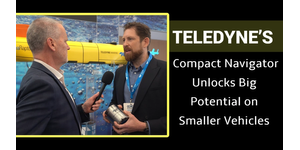
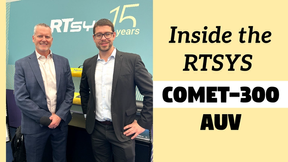

 February 2025
February 2025





